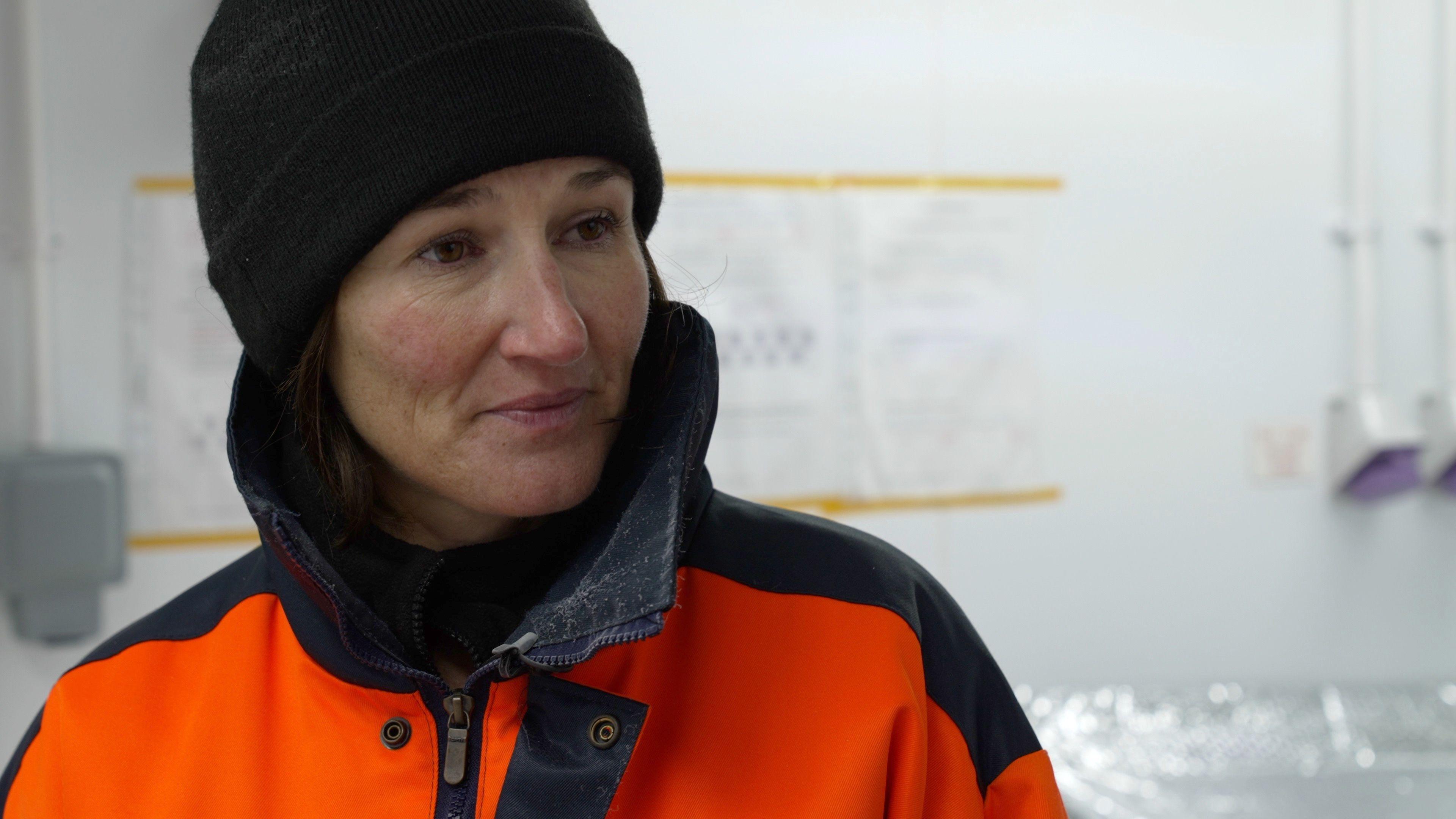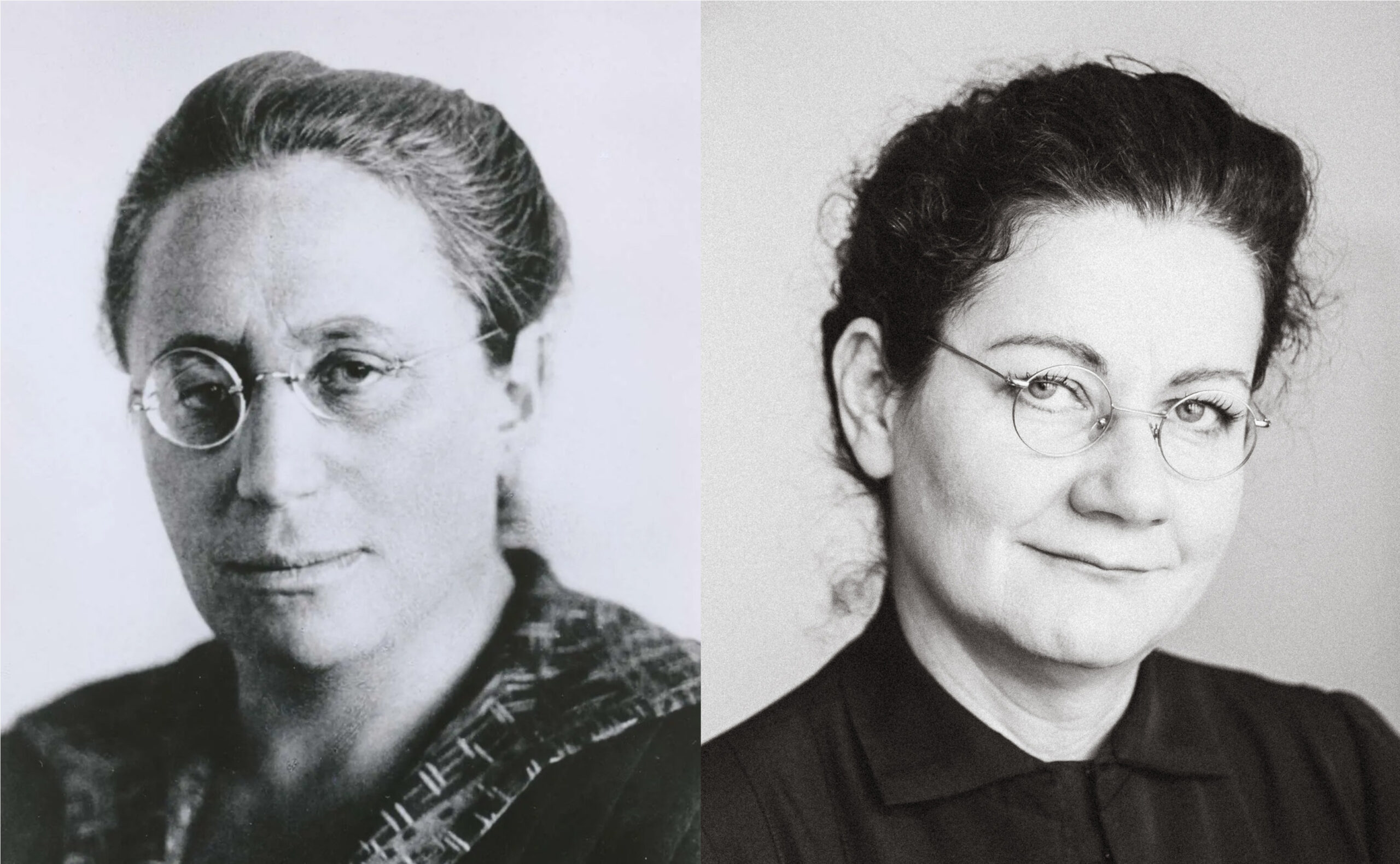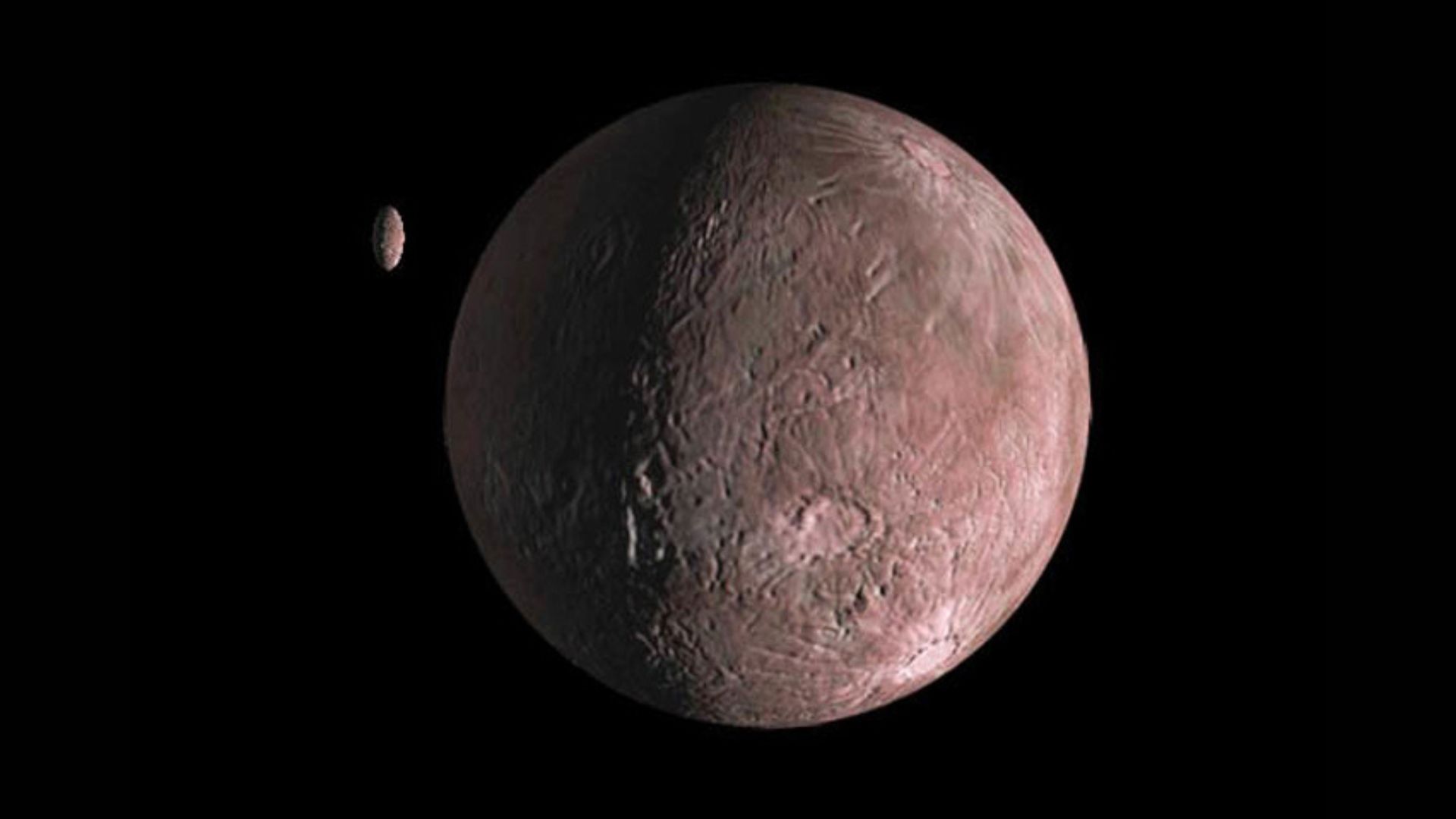A unique specimen of ice, estimated to be 1.5 million years old, has been retrieved from Antarctica and will soon be melted—not to be discarded but to serve in a pioneering scientific project. This mission aims to reveal hidden insights about Earth’s prehistoric climate, potentially providing a more comprehensive view of atmospheric changes over history and aiding scientists in comprehending the speed and effects of today’s climate change patterns.
The ice, meticulously extracted from great depths below the Antarctic ground, is thought to include air bubbles encased from a time far before humans existed. These frozen air pockets act as historical records, maintaining remnants of the atmosphere from an era that existed more than a million years prior to modern civilization.
In a controlled laboratory setting, the melting of ice helps researchers to capture and study the gases trapped inside the bubbles within it. Of particular interest to them is carbon dioxide, a greenhouse gas crucial for regulating Earth’s temperature. By examining historical CO₂ levels and contrasting them with modern measurements, scientists can trace Earth’s climatic variations over time, offering valuable understanding of natural climate cycles, such as glacial and interglacial phases.
What makes this ice sample especially valuable is its age. Most ice cores previously studied by climate scientists reach back roughly 800,000 years. This newly recovered core extends that timeline by nearly twice as much, offering a rare opportunity to observe the atmospheric conditions of a period that has, until now, remained largely inaccessible to modern science.
The extraction and preservation of the ice required a complex logistical operation, carried out in some of the most remote and inhospitable terrain on Earth. Specialized drilling equipment was used to reach more than two kilometers below the Antarctic surface, where the ancient ice was buried under countless layers of younger snow and ice. Once retrieved, the ice was kept frozen during transport and stored under strict temperature controls to prevent any contamination or degradation.
With the sample now at the research facilities, the subsequent phase includes methodically thawing portions of the ice under strictly controlled settings. This process enables researchers to separate the gases and isotopes inside, which can afterwards be analyzed with cutting-edge analytical instruments.
The main aim of the study is to enhance climate models and fine-tune forecasts concerning future environmental shifts. By comprehending how carbon concentrations and global temperatures changed over more than a million years, insights may be gained into how current human-caused emissions could transform the Earth in the upcoming centuries.
This research also has implications for other fields, including geology, oceanography, and even evolutionary biology. Shifts in the planet’s climate have historically triggered changes in ecosystems, sea levels, and weather patterns, which in turn have influenced the development of life on Earth. By studying such ancient samples, scientists hope to uncover more about how past climate shifts affected Earth’s biosphere—and what that might mean for life in the future.
The findings from this project are expected to contribute to a growing body of evidence used by the global scientific community to advocate for stronger climate action. By offering a glimpse into the Earth’s deep past, this melted ice could help inform the decisions that shape its future.





